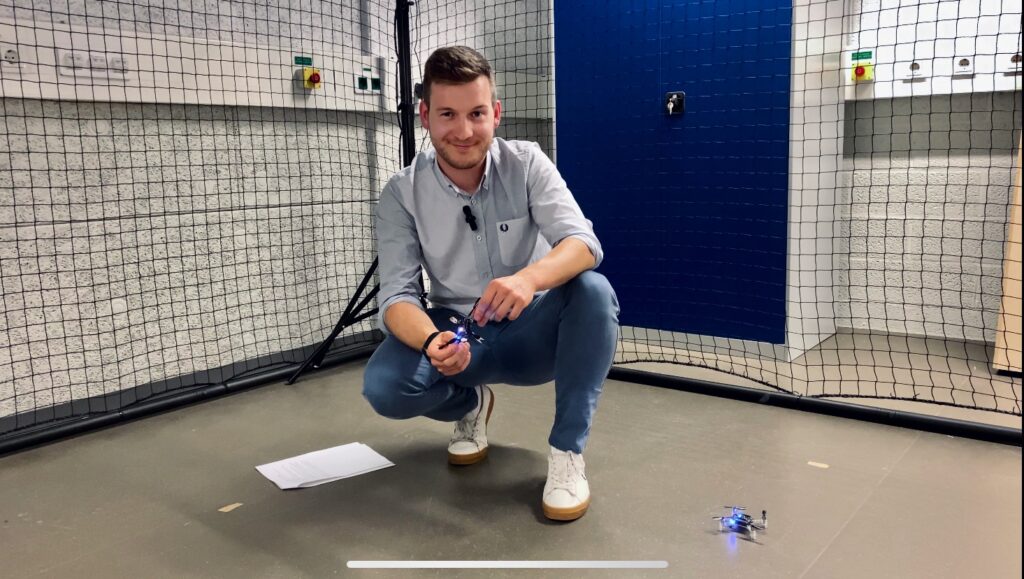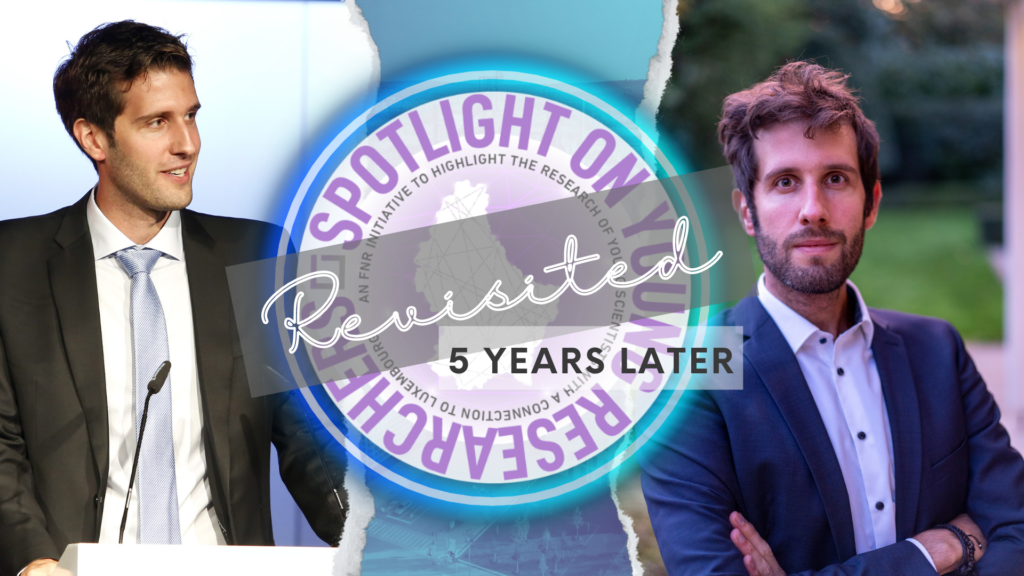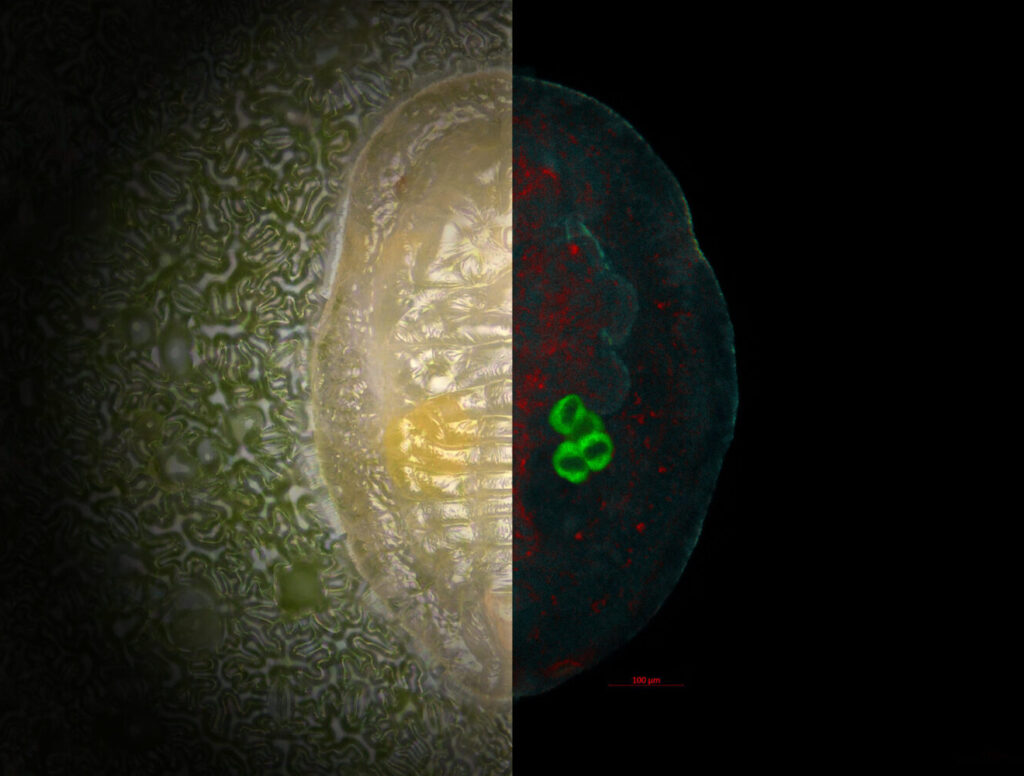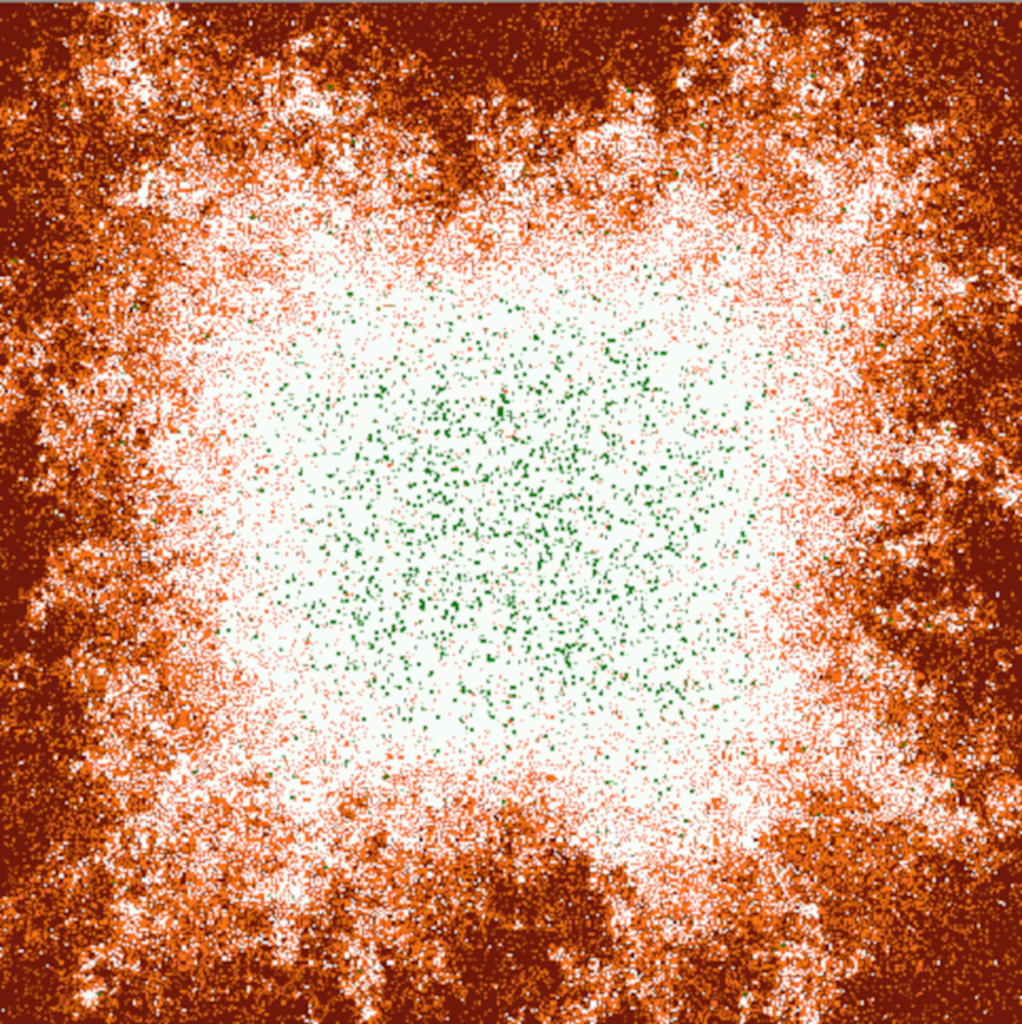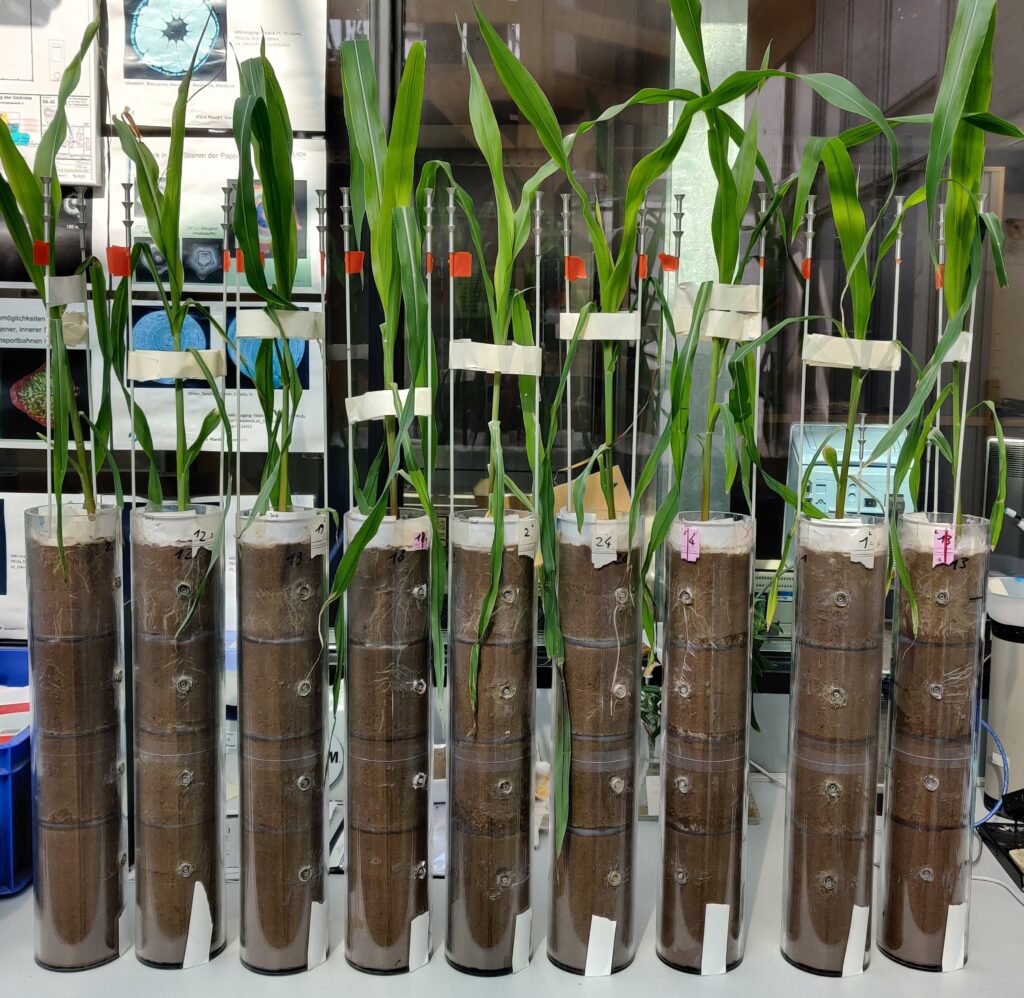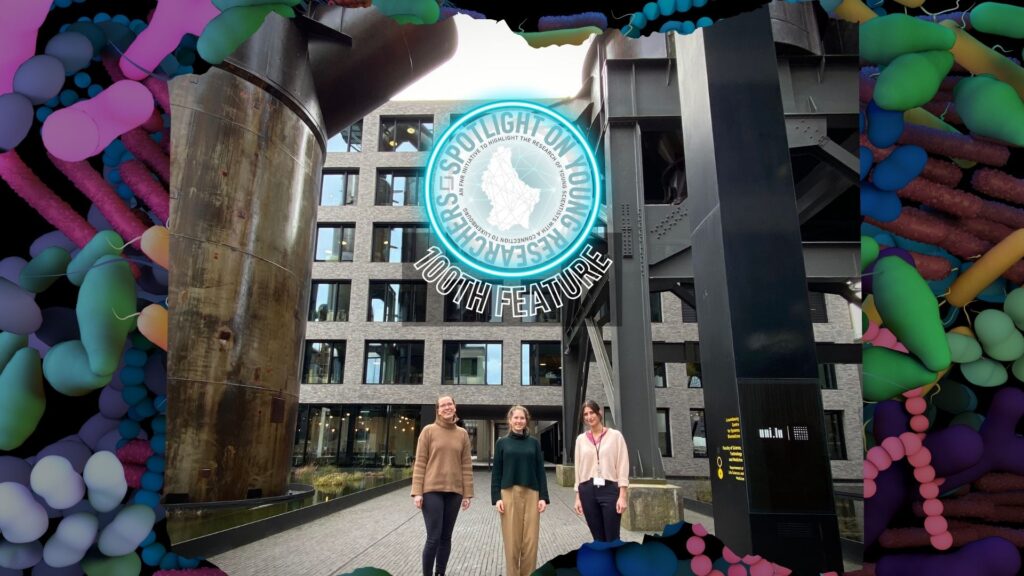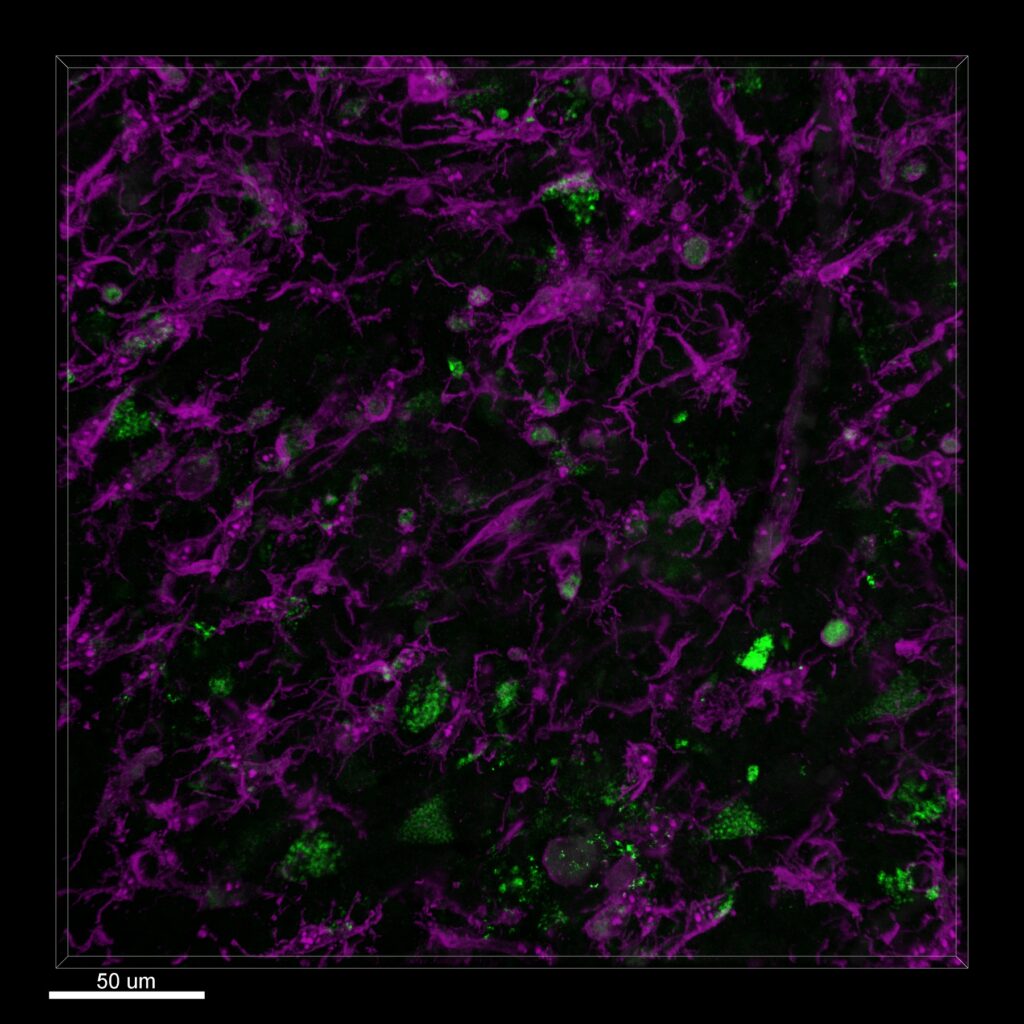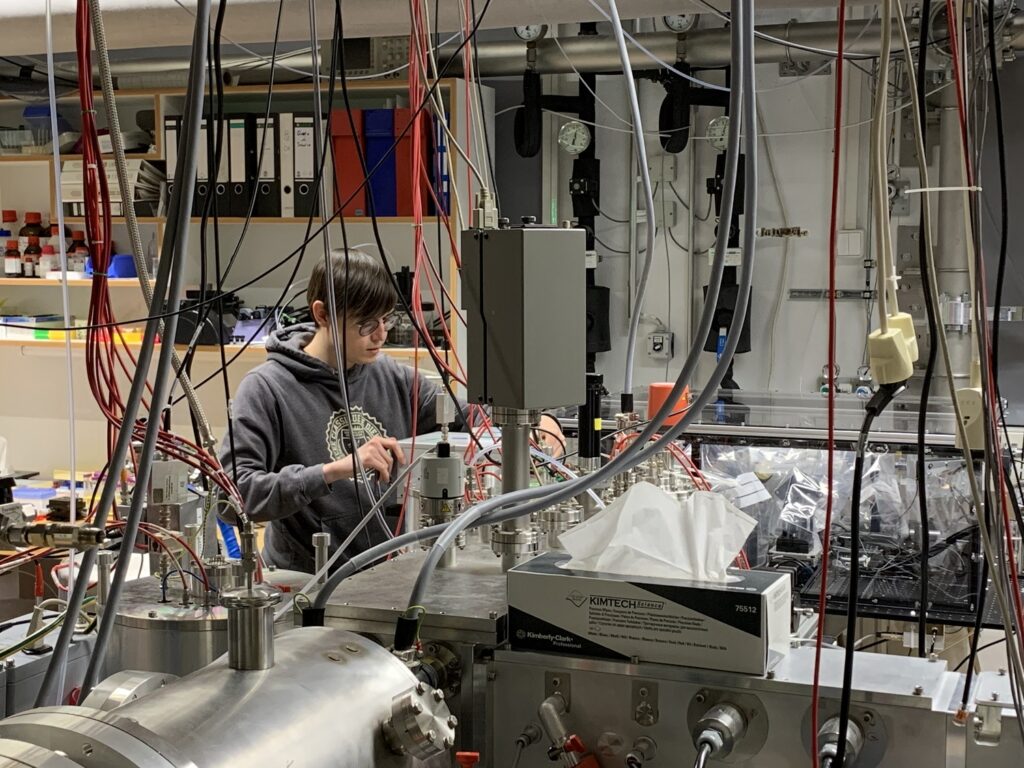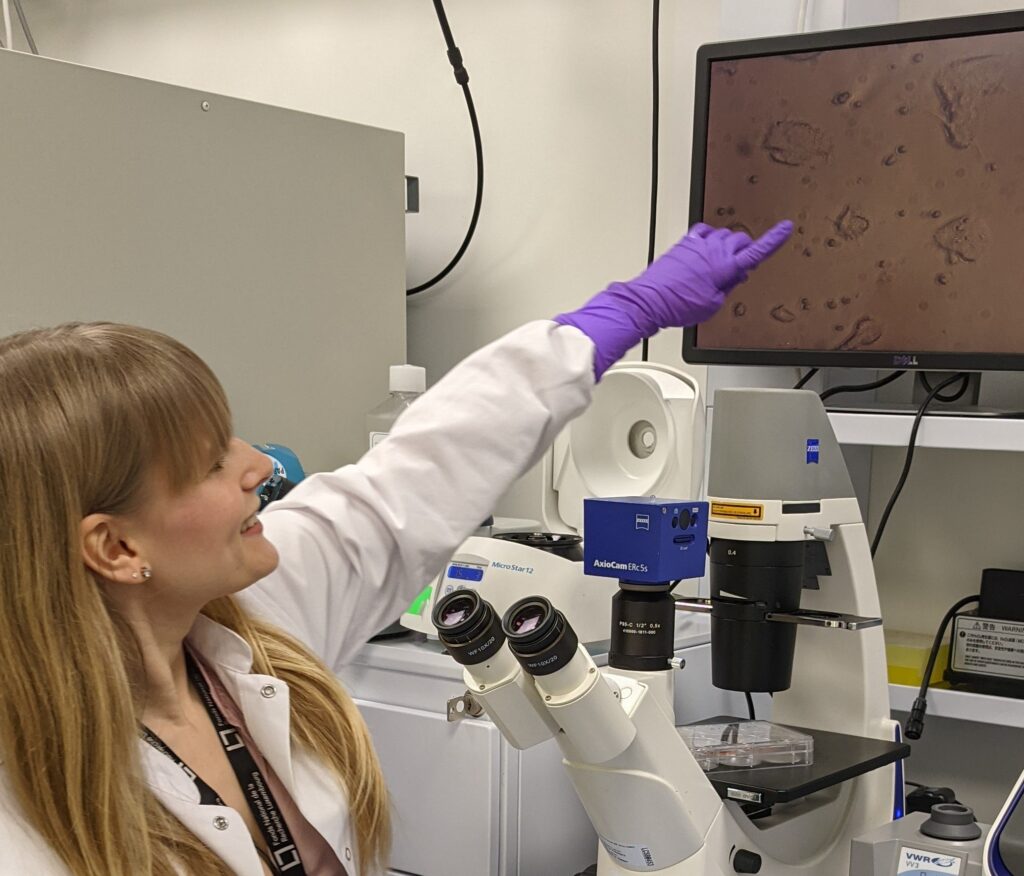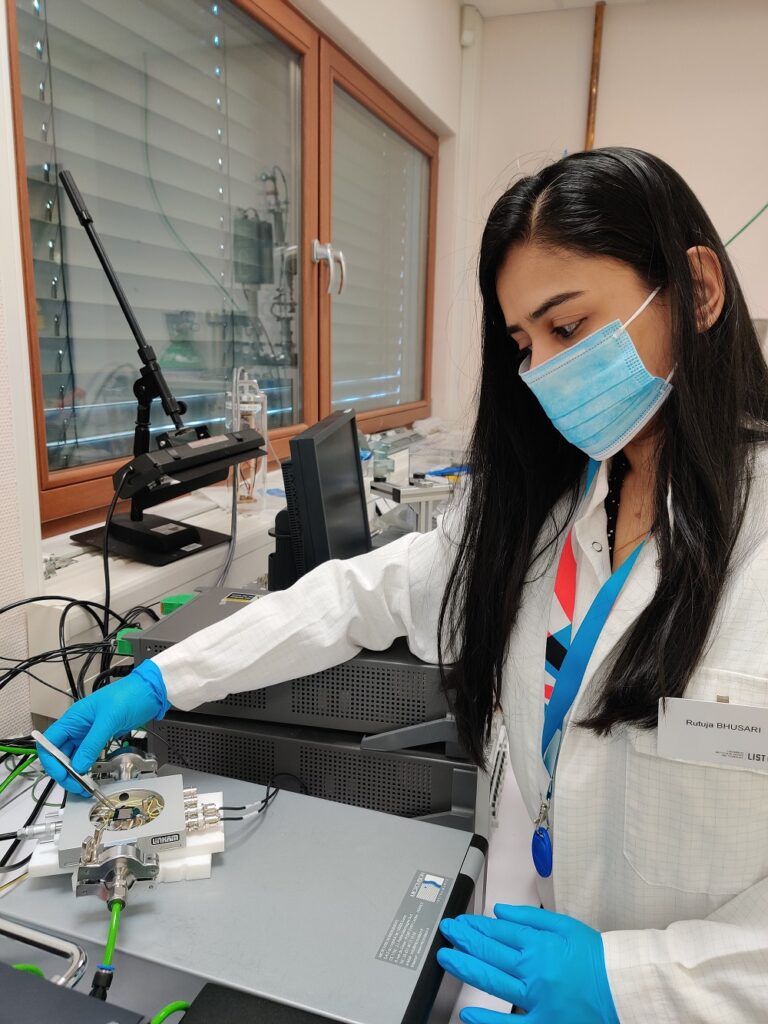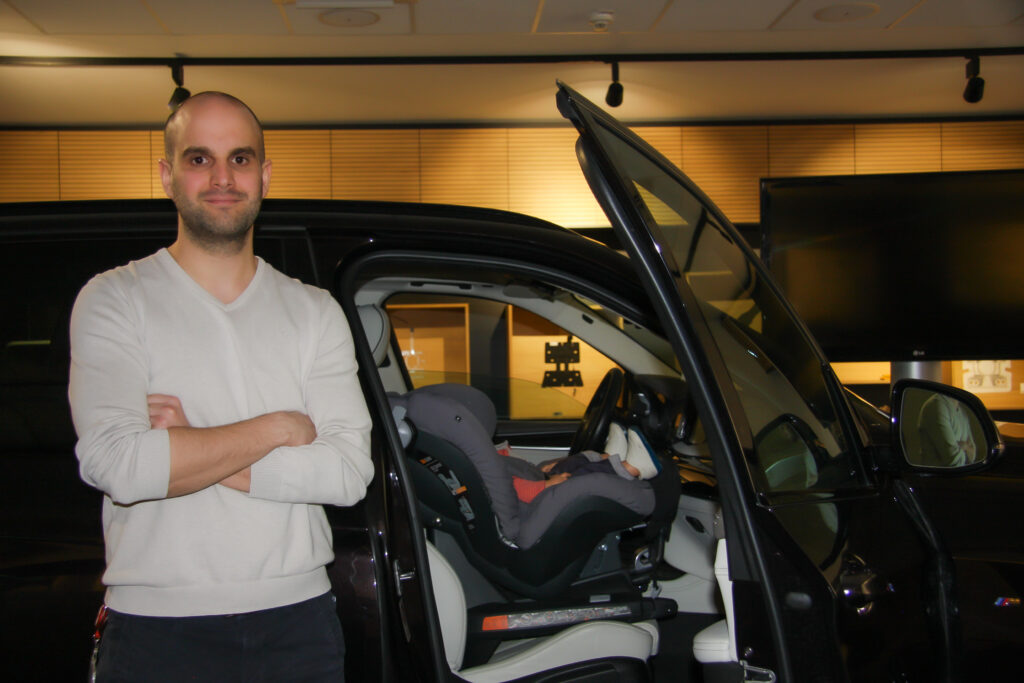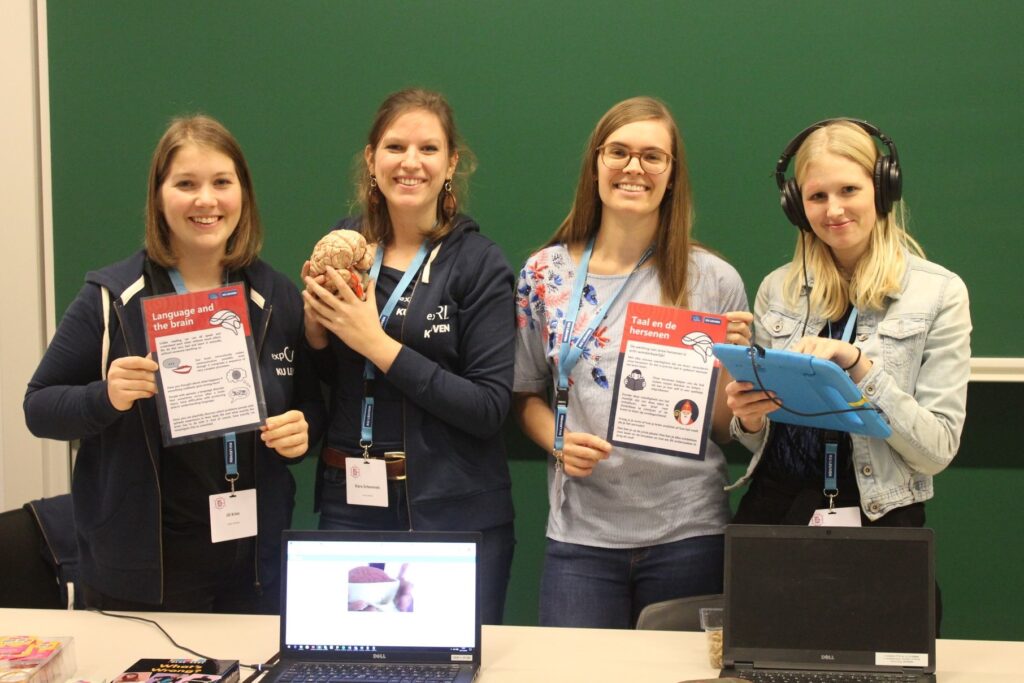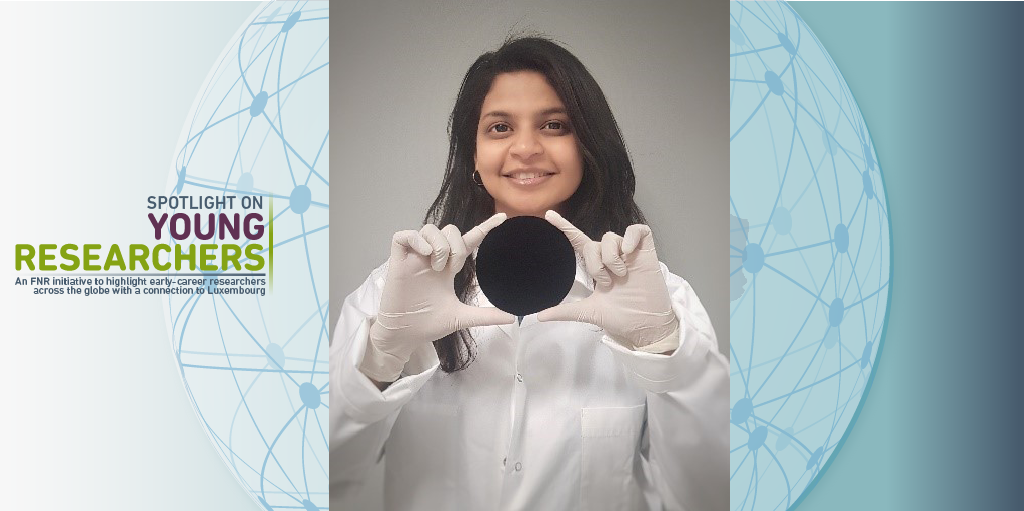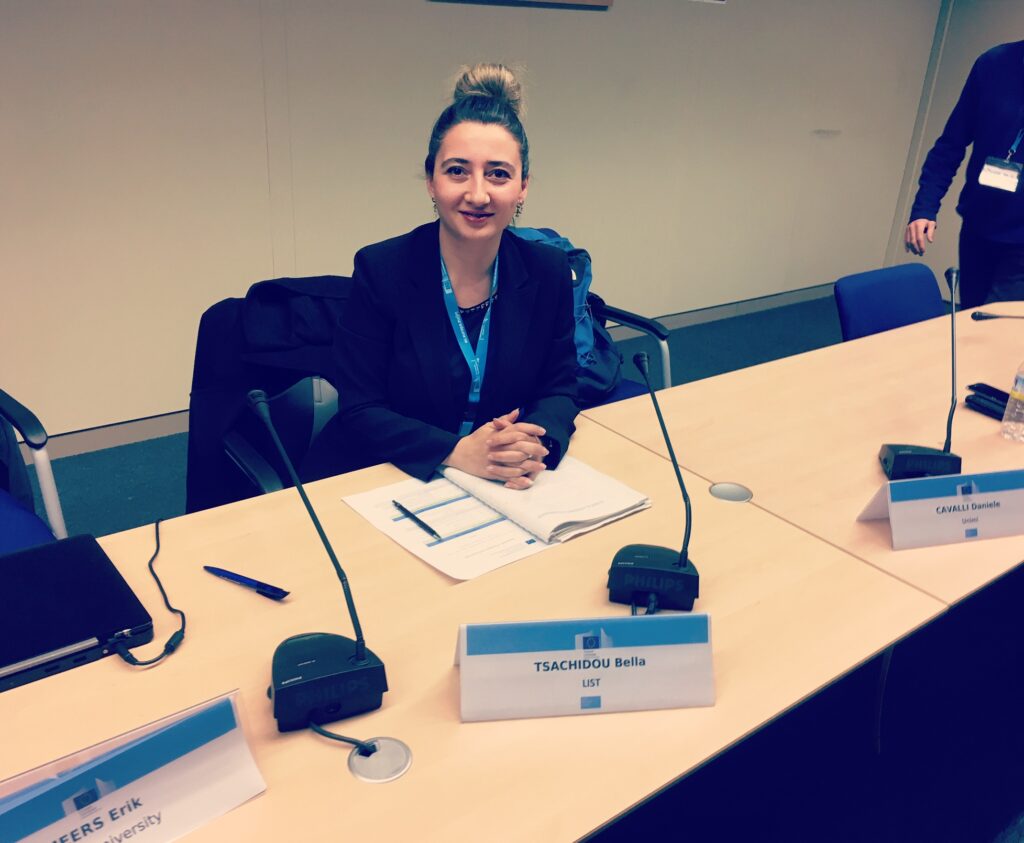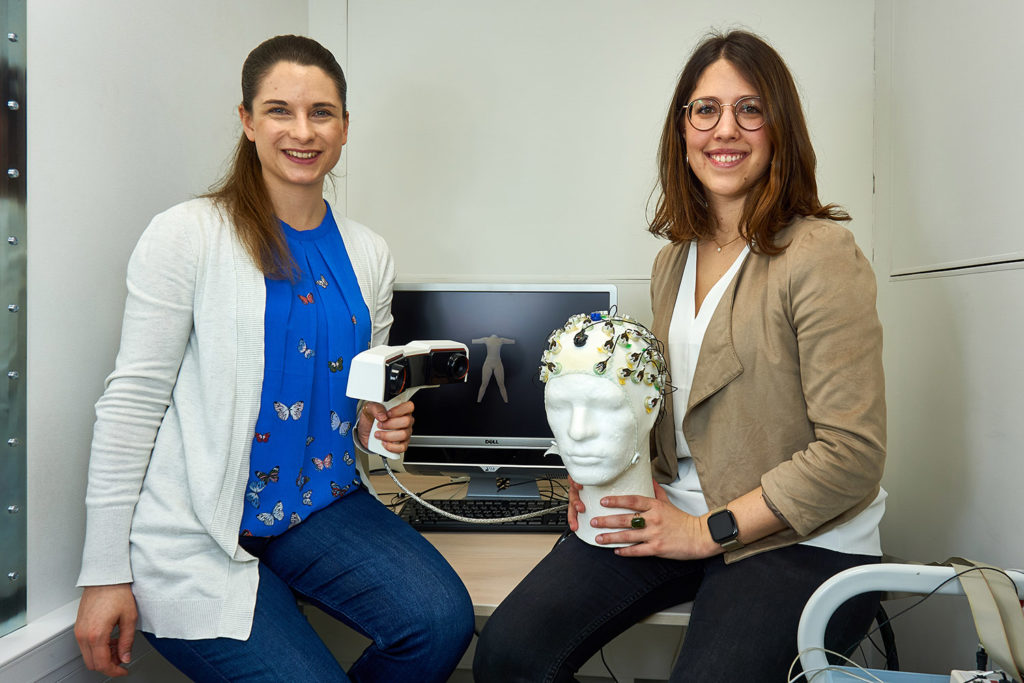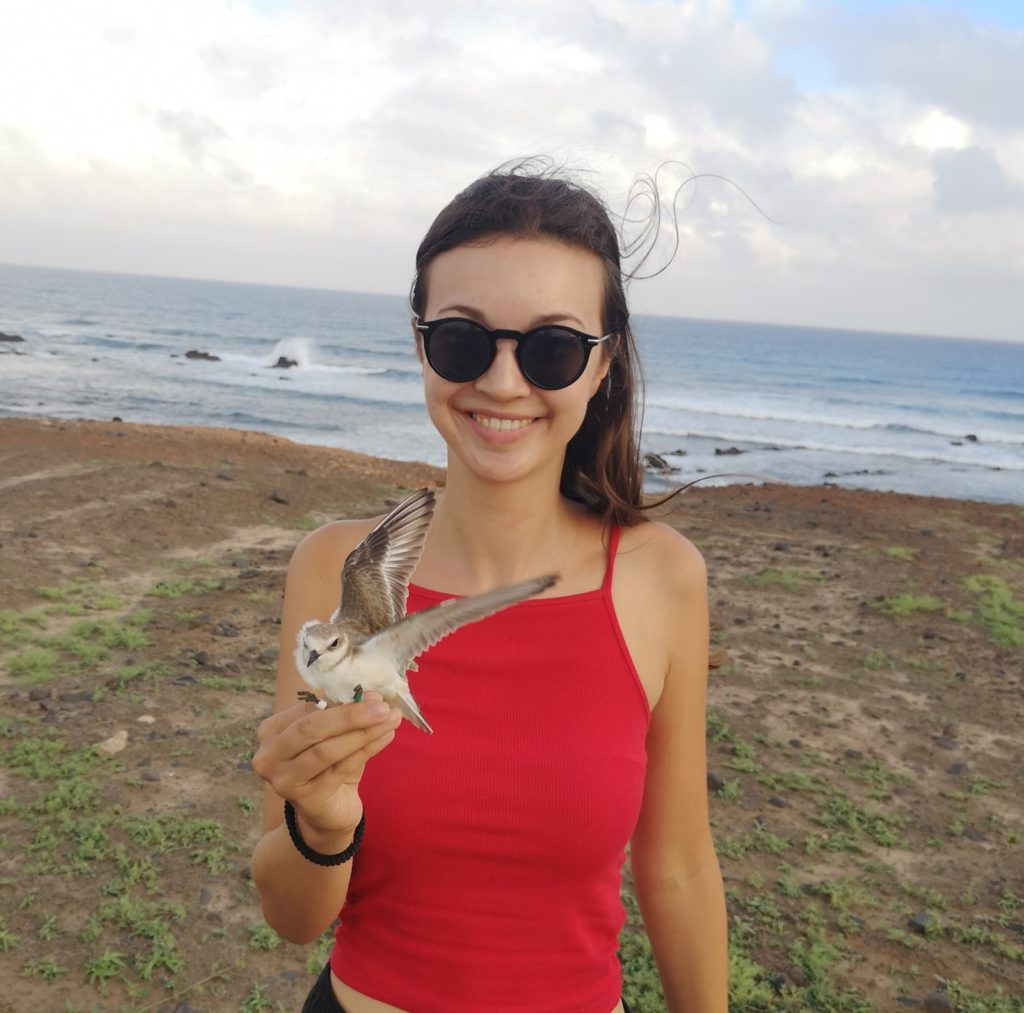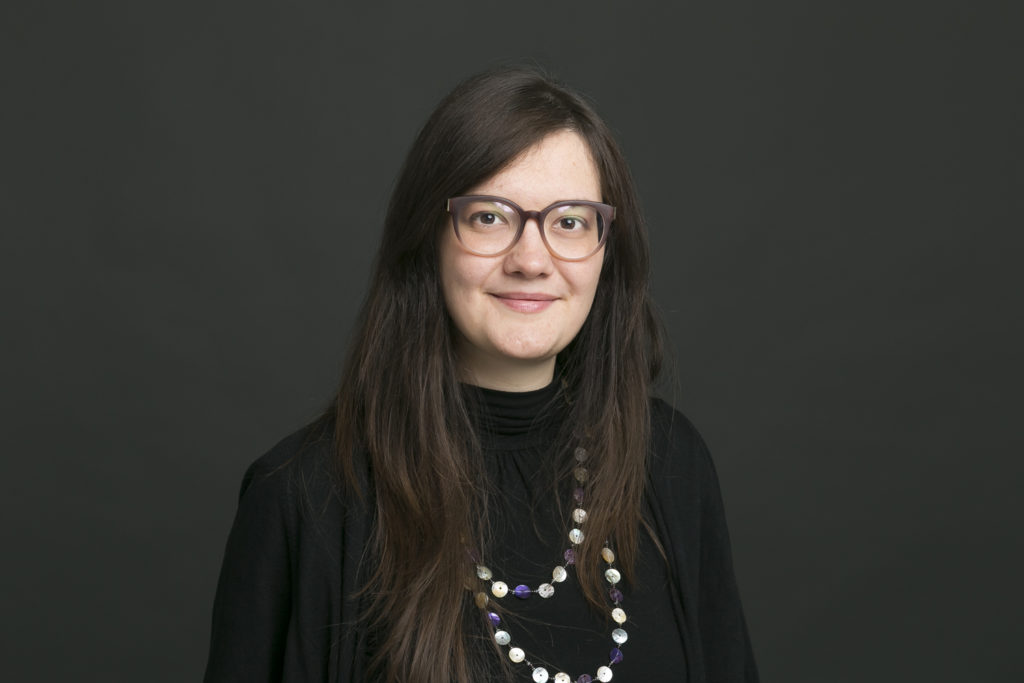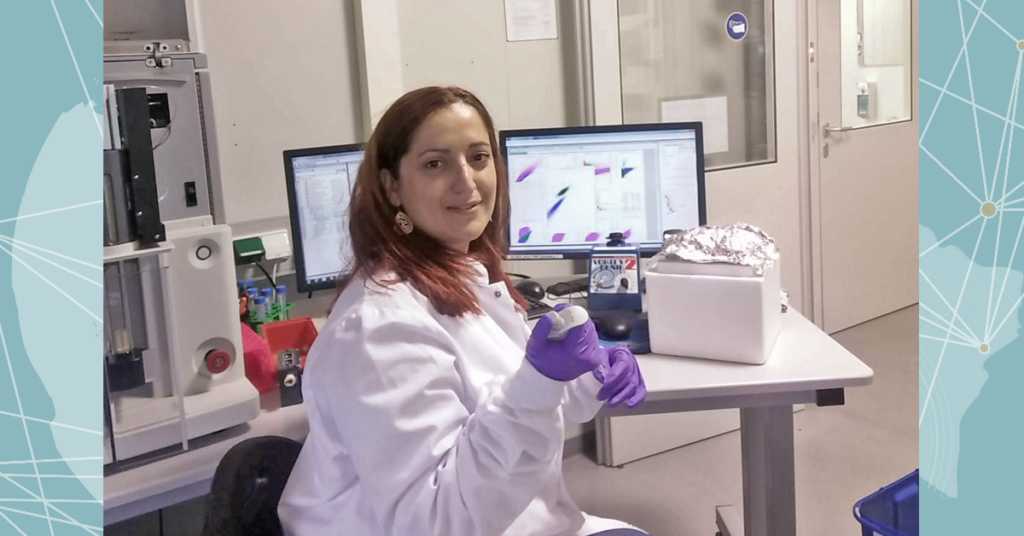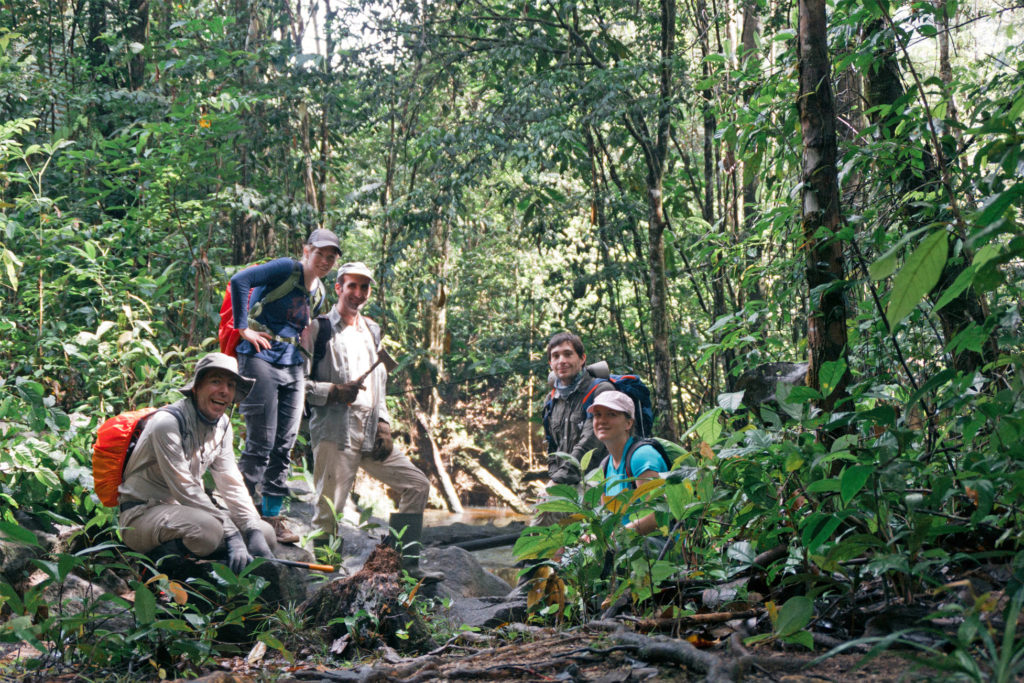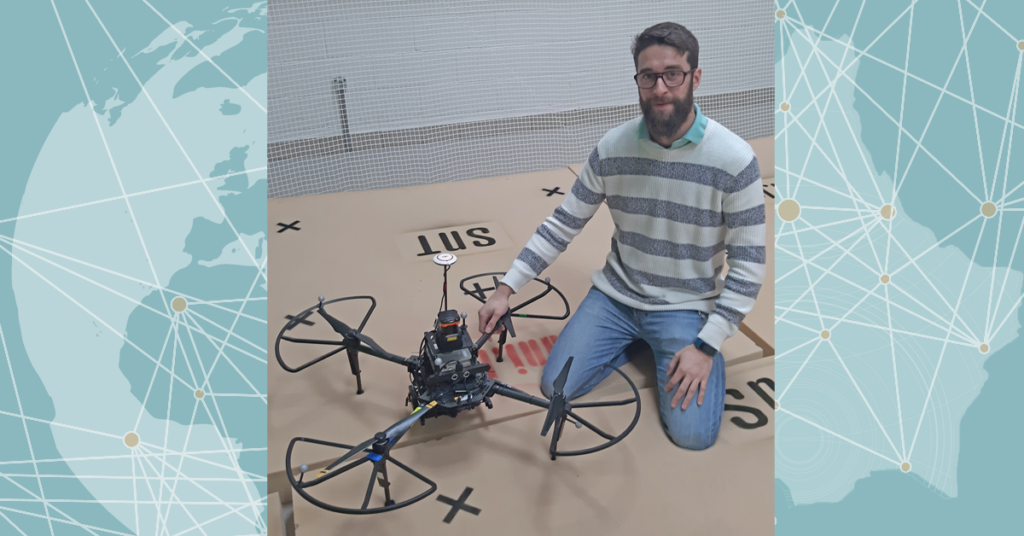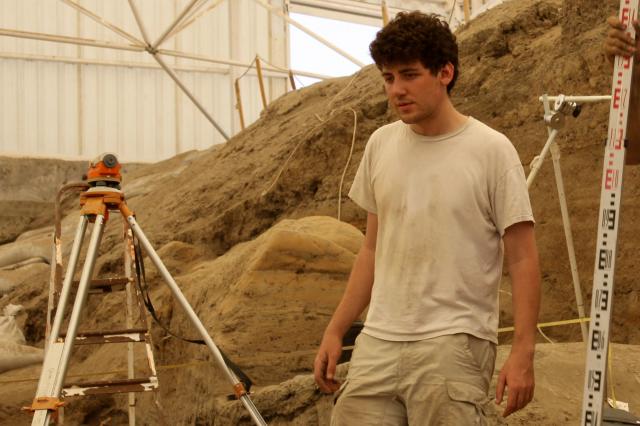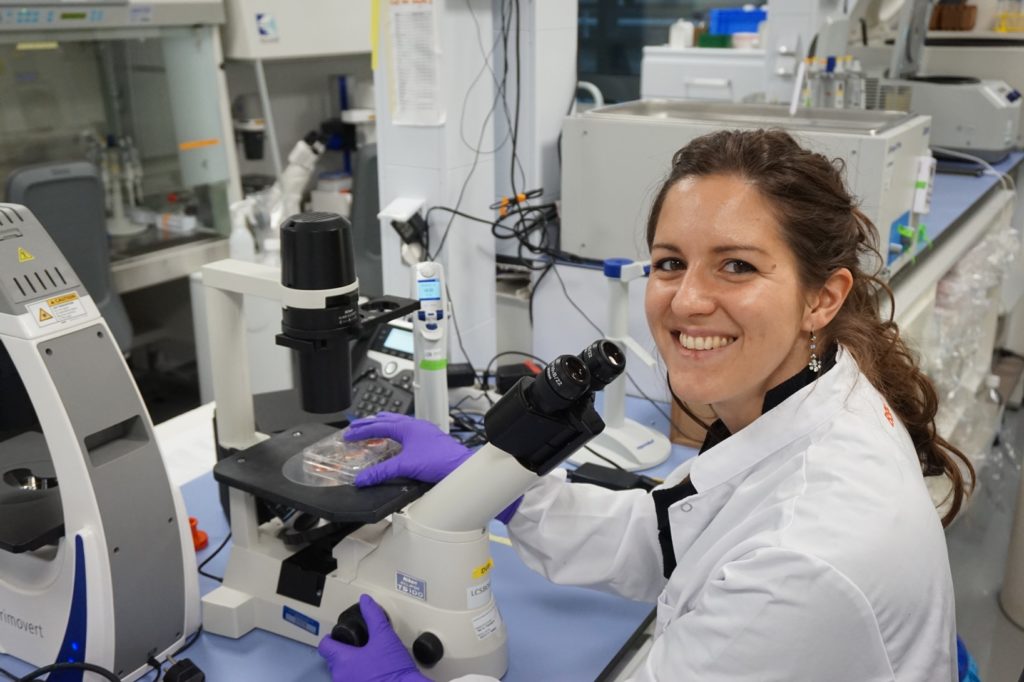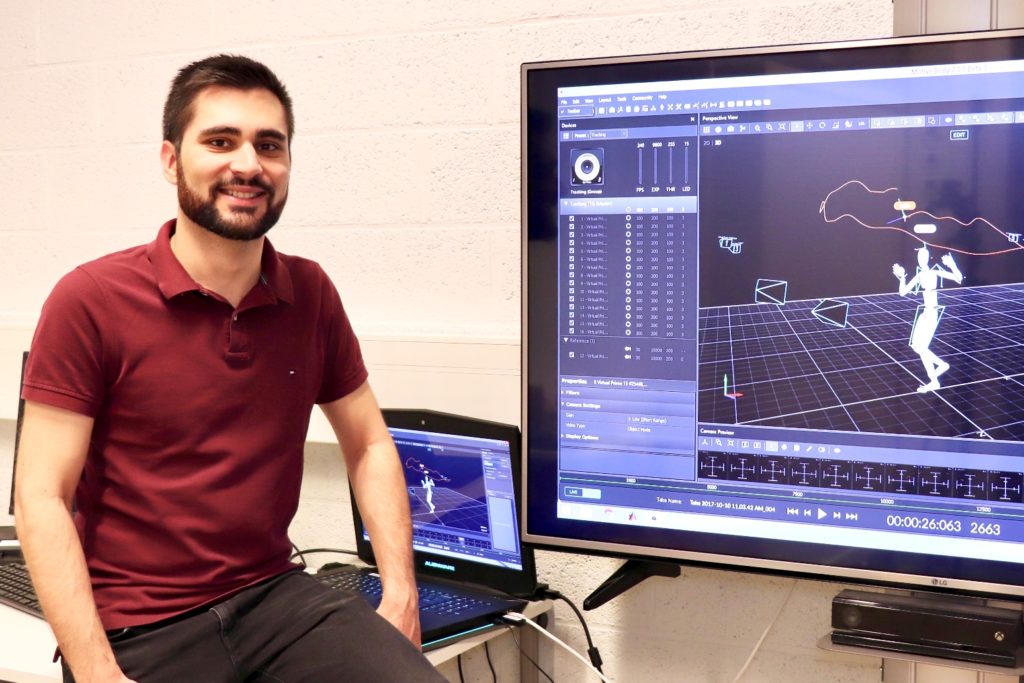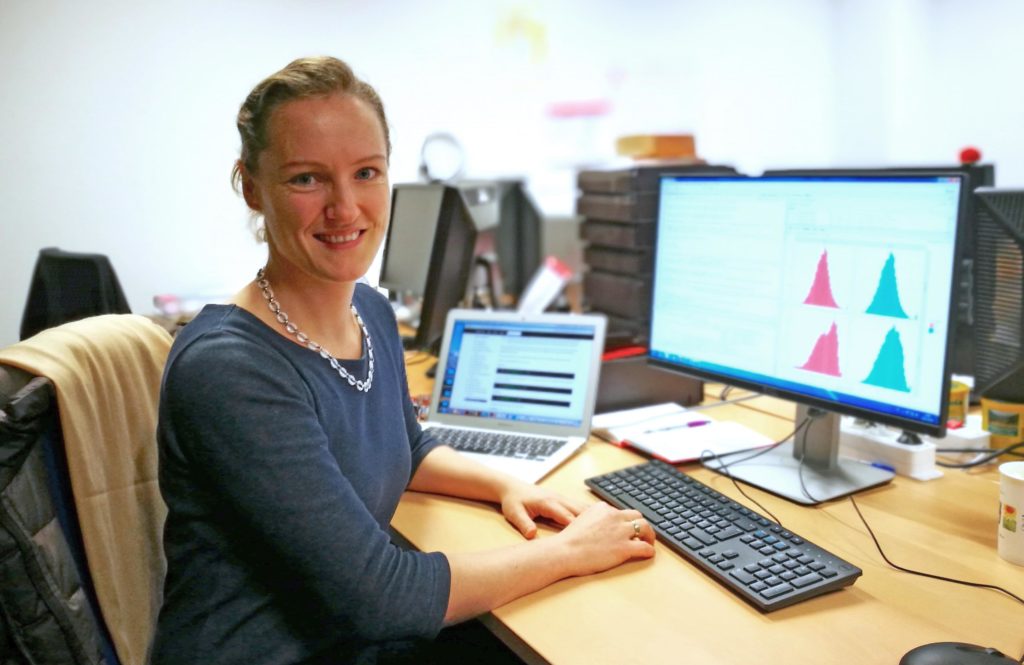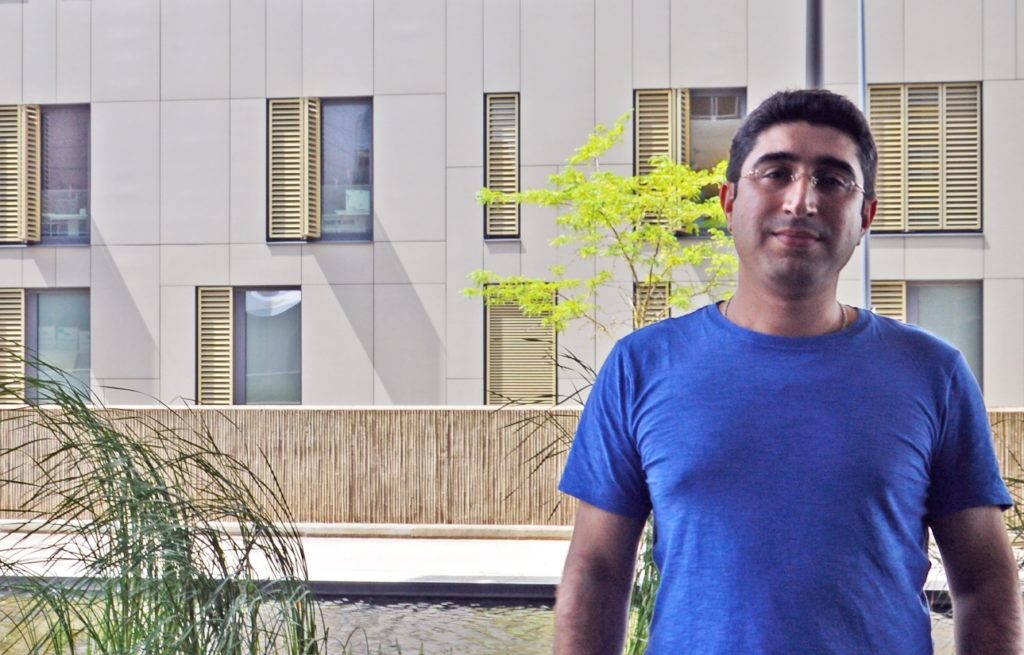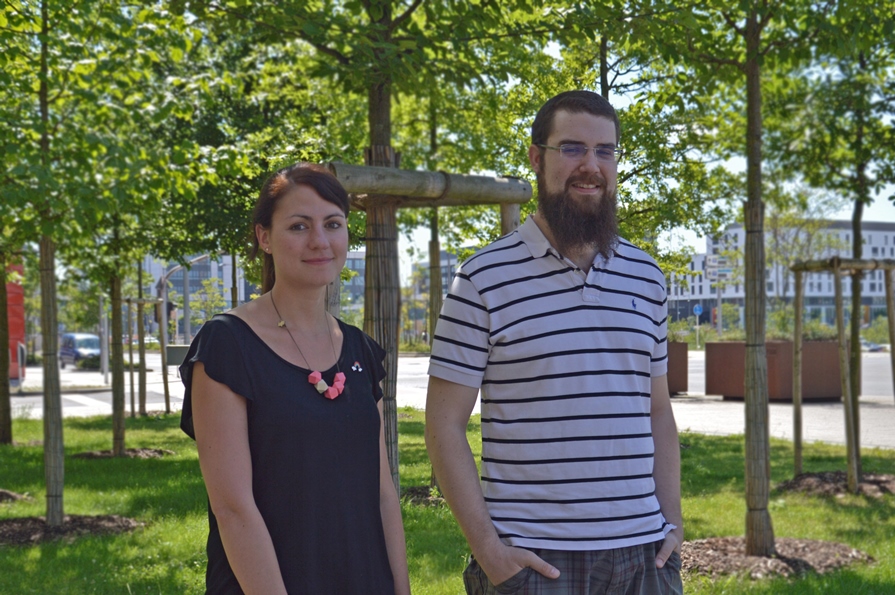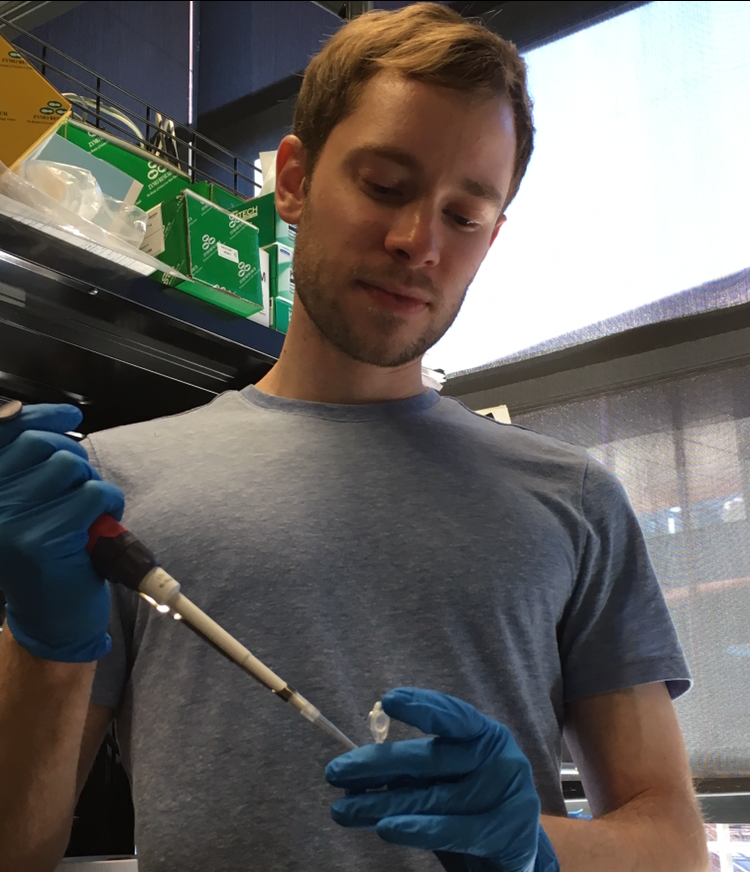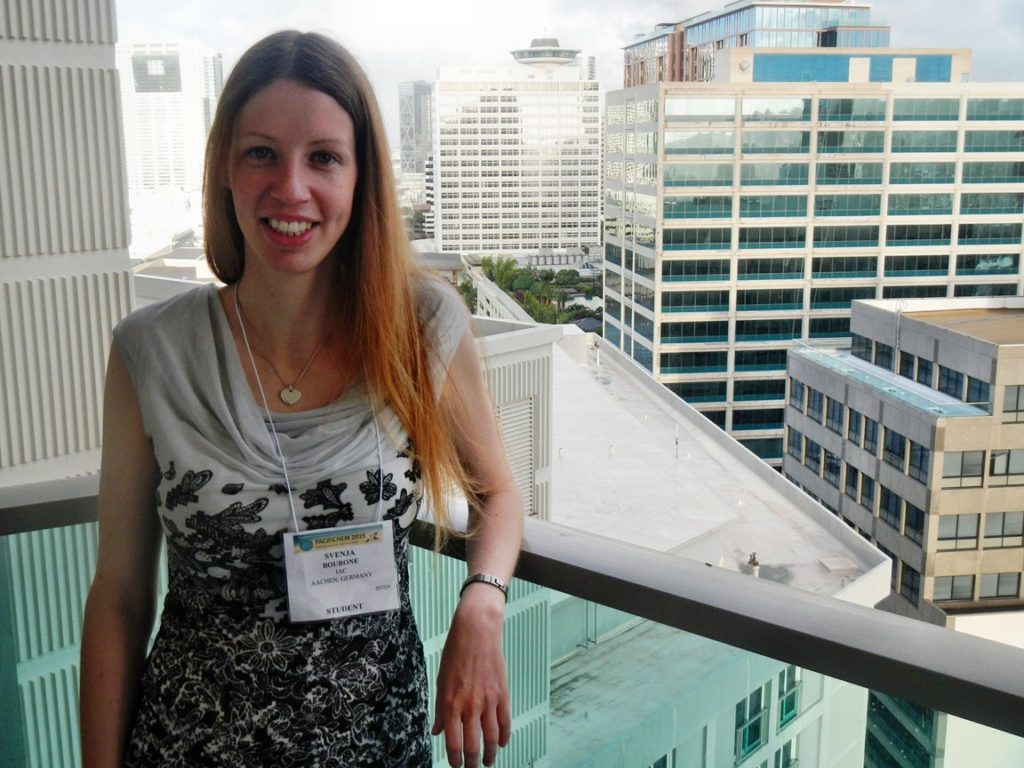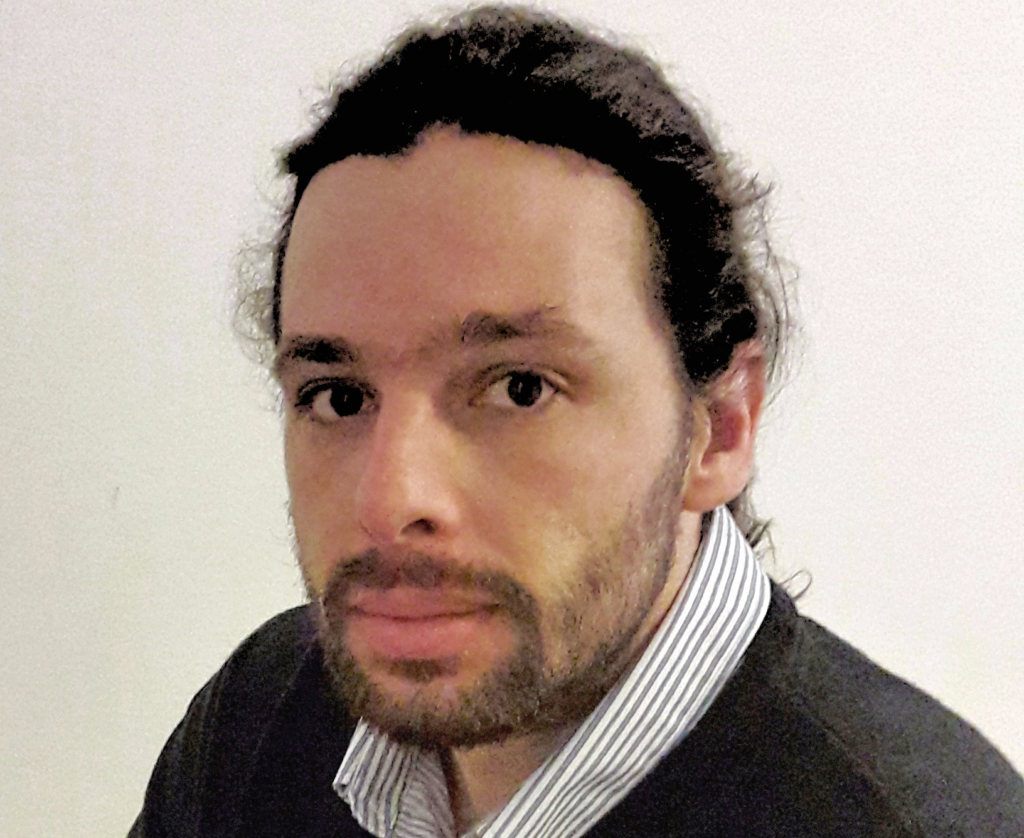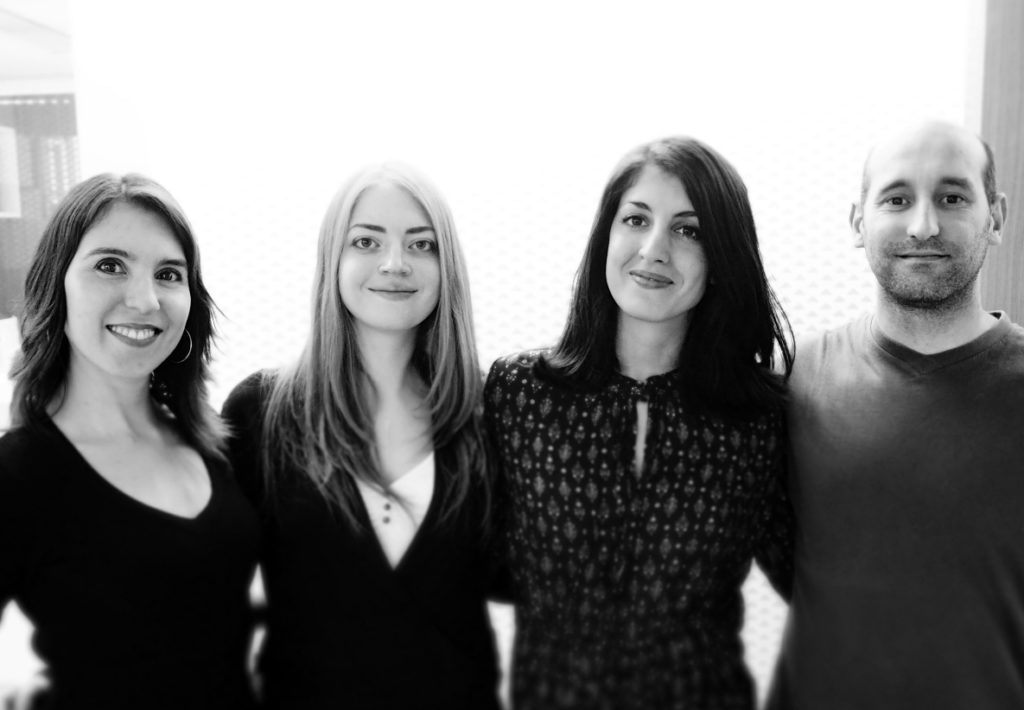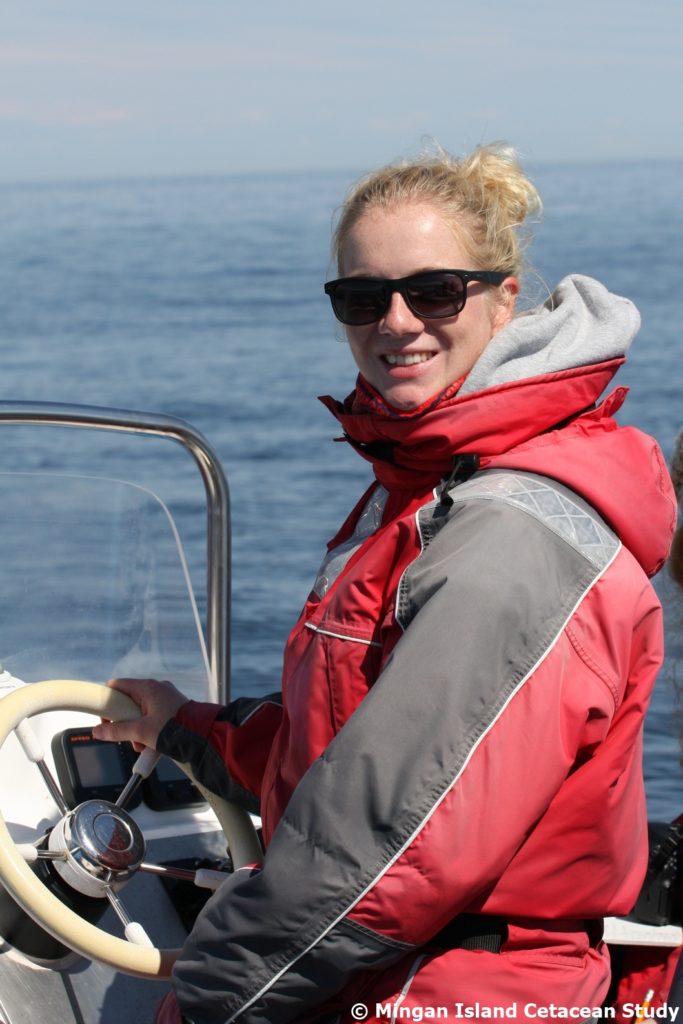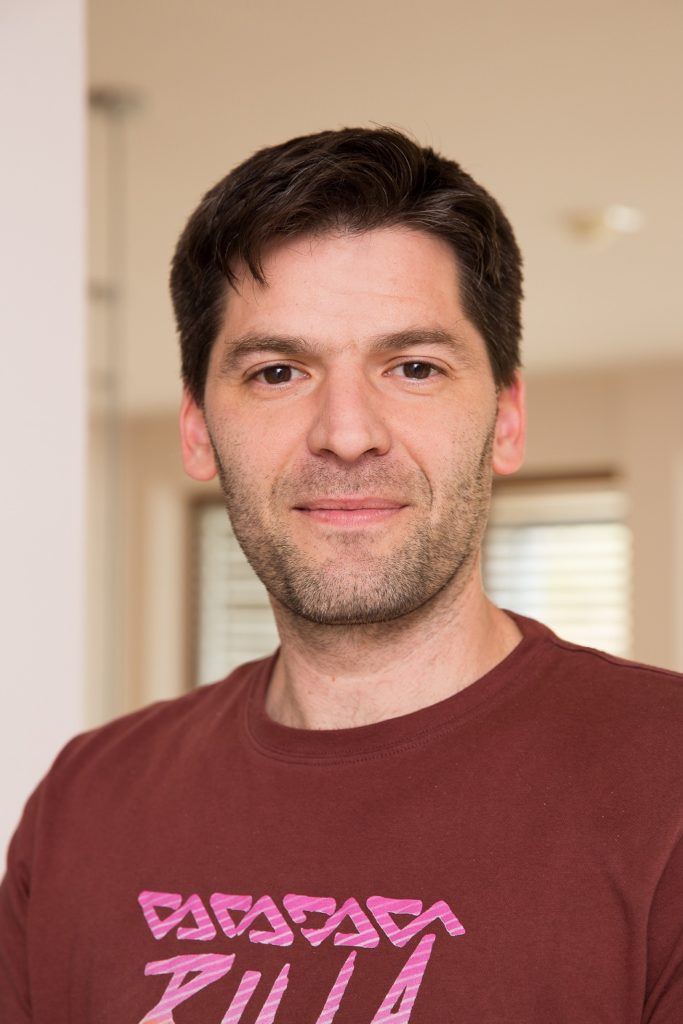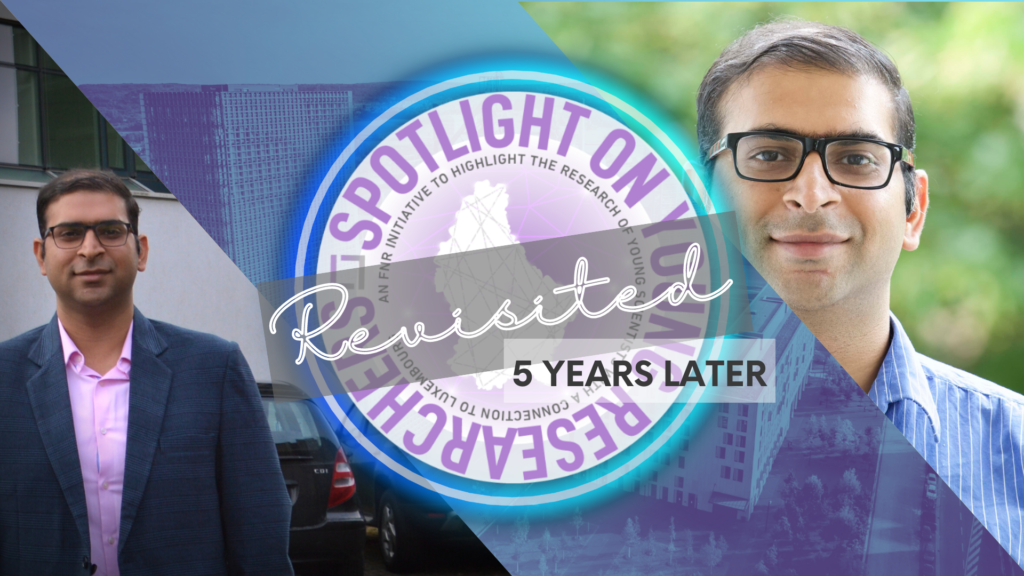A rapid increase in both life expectancy and global population size has led to a rise in the prevalence of chronic ageing-associated diseases. Brain and heart age-associated diseases including hypertension, stroke, heart failure, Alzheimer’s and Parkinson’s diseases are leading causes of mortality and disability worldwide. Researchers are working on much-needed ways to predict these diseases.
“Taking into account the number of individuals affected by these disorders and the associated burden, there is an unmet need for effective molecular predictors in clinical settings that can identify individuals on trajectories towards diseases”, biologists Shubhra Acharya and Amela Jusic from the Cardiovascular Research Unit (CVRU) at the Luxembourg Institute of Health (LIH) explain.
Ageing-associated diseases are a result of the intricate interplay between genetic and environmental factors, while this much is known, scientists continue their search for ways to pinpoint single causes. Another hurdle for researchers: single noncoding RNAs (ncRNAs), for instance microRNAs, could have a hundred targets, which makes a full appreciation of the physiological ramifications of such broad-ranging effects a challenge.
Strong expertise on RNA biomarkers in Luxembourg
One key avenue researchers in Luxembourg are following is RNA biomarkers. Over the course of the past 15 years, the CVRU has taken a translational approach: Discovering, validating and, eventually, bringing novel RNA biomarkers for different age-related diseases, as well as therapeutic approaches to personalise health care.
The team has been able to grow their knowledge about RNA biomarkers, and have made a name for their research on an international level. In 2016 for example, the team identified the first circRNA detectable in the blood (MICRA) with a biomarker value for cardiovascular disease.





Focus on common mechanisms in brain and heart disease
Research has recently uncovered that ncRNAs demonstrate strong biomarker and therapeutic potential for both brain and heart ageing associated diseases. The role of ncRNAs in age-related is an intensely researched topic. The technology used in the discovery and validation of novel ncRNAs has significantly improved. Still, more research is needed to define the clinical ability of ncRNAs as both biomarkers and therapeutic targets.
The CVRU investigates the ncRNA signature in the brain and heart axis: “We study the common mechanisms and pathways linking brain and heart diseases. The bridge between these two types of diseases is the ncRNAs, which is the expertise of our research group, where we work together on the common goal of ultimately improving patients’ quality of life”, Shubhra and Amela explain.
The group has been successful in pinpointing mitochondria as a common link between these two distinct organs. The findings open a new avenue of investigation into the mitochondrial regulatory network in brain and heart interactions. A step forward on the road to the identification of novel diagnostic and therapeutic approaches for ageing-related diseases.
Discover more about AFR PhD researcher Shubhra Acharya and Postdoc Amela Jusic from the CVRU below.
Introducing: Shubhra Acharya, 2nd year PhD candidate
The context of her research: Parkinson’s Disease
“Parkinson’s Disease is one of the most prevalent neurodegenerative movement disorders, currently affecting 10 million people worldwide. Symptoms include loss of control over body movements and muscle rigidity, which happen due to the loss of dopamine producing neurons in a specific part of the brain. Current therapies mainly include substituting the neurotransmitter dopamine to the patient to reduce the symptoms. Yet, the disease remains incurable. Our research aims to understand the role of long non-coding RNAs and thus to develop novel strategies to diagnose and treat Parkinson’s disease, in order to improve patients’ outcomes.”
On what drives her as a scientist: making a difference to society
“My life-long interest and an urge to make a valuable difference to someone’s life and largely to the society drove me towards science. Additionally, being a researcher provides me with an intellectual challenge and makes me grow into a new person every day. Our lab and LIH strongly focus on the bed to bench and back to bedside research (“translational research”), which brings me closer to my ultimate goal.”
Introducing: Postdoc Amela Jusic
The context of her research: Hypertension
“Hypertension is a common age-related disease, along with vascular and neurodegenerative diseases. Despite the epidemic proportions of hypertension and increasing prevalence in the last four decades, awareness, treatment and control of hypertension are unacceptably low worldwide, particularly in low- and middle-income countries.
“As a postdoctoral fellow in the CVRU, I have received funding from the European Union’s Horizon 2020 research and innovative programme (Marie Skłodowska-Curie Actions) to investigate the function and biomarker potential of mitochondrial microRNAs and novel diagnostic and therapeutic approaches to improve the healthcare of hypertensive patients.”
On what drives her as a scientist
“My research interest mainly focuses on the investigation of RNA biomarkers and mitochondrial dysfunction in ageing-related diseases. Being an MSCA fellow in the CVRU allows me to follow my research idea and to gain maturity as a scientist. Since my first visit to the CVRU in 2019, I like the friendly and synergistic atmosphere within the group. The idea that something we are doing as a team could positively affect the lives of millions of people worldwide and improve human health care really drives me.”
On her research in brief – the peer-to-peer version
“Among age-related disease, hypertension emerged as a major modifiable risk factor for premature death worldwide. The discovery of small ubiquitously expressed microRNAs regulating the expression of target genes has revolutionized the traditional view of the molecular pathways involved in the regulatory network of numerous diseases – including hypertension. Dysregulated microRNAs expression patterns in body fluids, tissues and cellular compartments may reflect pathological changes associated with elevated blood pressure. Easily available in the blood, microRNAs provide an accessible source of biomarkers and therapeutic targets for clinical application.”
About Spotlight on Young Researchers
Spotlight on Young Researchers is an FNR initiative to highlight early career researchers across the world who have a connection to Luxembourg, with nearly 100 features published since 2016.
More in the series SPOTLIGHT ON YOUNG RESEARCHERS
- All
- Cancer research
- Environmental & Earth Sciences
- Humanities & Social Sciences
- Information & Communication Technologies
- Law, Economics & Finance
- Life Sciences, Biology & Medicine
- Materials, Physics & Engineering
- Mathematics
- Research meets industry
- Sustainable resource mgmt
- Women in science



